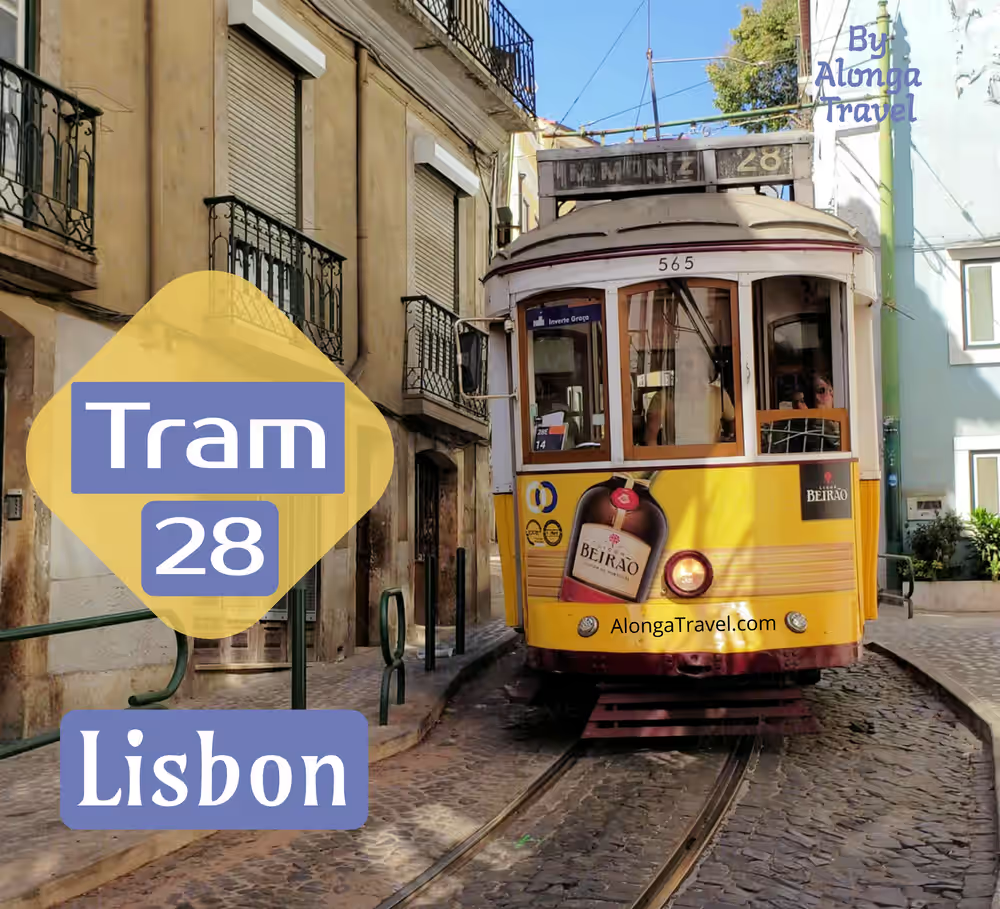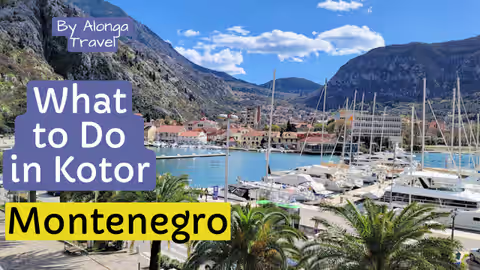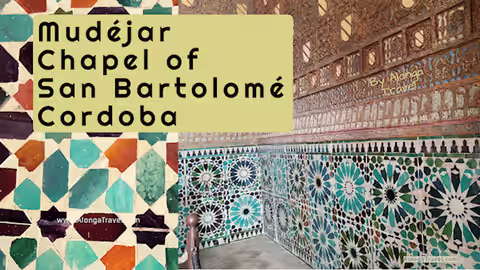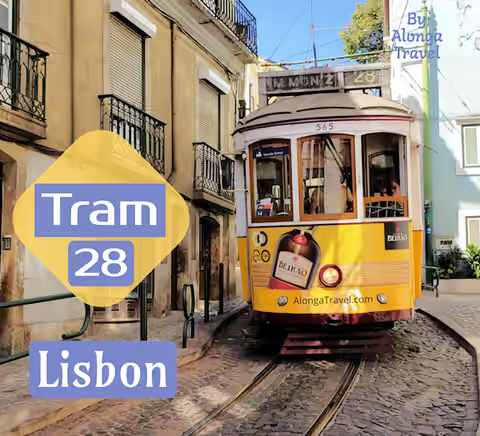Tram 28 in Lisbon: How to ride, Get A window seat and Save on the ticket
Riding tram 28in Lisbon is an iconic thing to do in Portugal, as it takes you to the city’s best spots and architecture. Implementing the tips from this post will make the ride easier and more fun for you.
It will also help you to snag the coveted open window seat to see all great photo opportunities on 28 route. Watch my video in this post to see for yourself.
Plus, I explain where to board, and how to save money on tickets.
But first let’s figure out what tram 28 is and some fun facts about it to get you started.
Hi, I’m Tatiana. I show my experience from my daily walks in new cities/countries/areas (I’m a nomad), where I look for places with fun architecture, beautiful old buildings, lovely vibe & pretty scenes. I find the best destinations to visit in Europe and beyond & I record everything.
What is tram 28 in Lisbon: Everything to Know
When people talk about Lisbon’s tram, they usually refer to this popular route. Tram 28 in Lisbon is a historic 7 km tramway route, that takes passengers through Lisbon’s most picturesque neighborhoods, including Graça, Alfama, Baixa, and Estrela.
But it is also the regular means of public transport in Lisbon area for the locals and tourists alike.
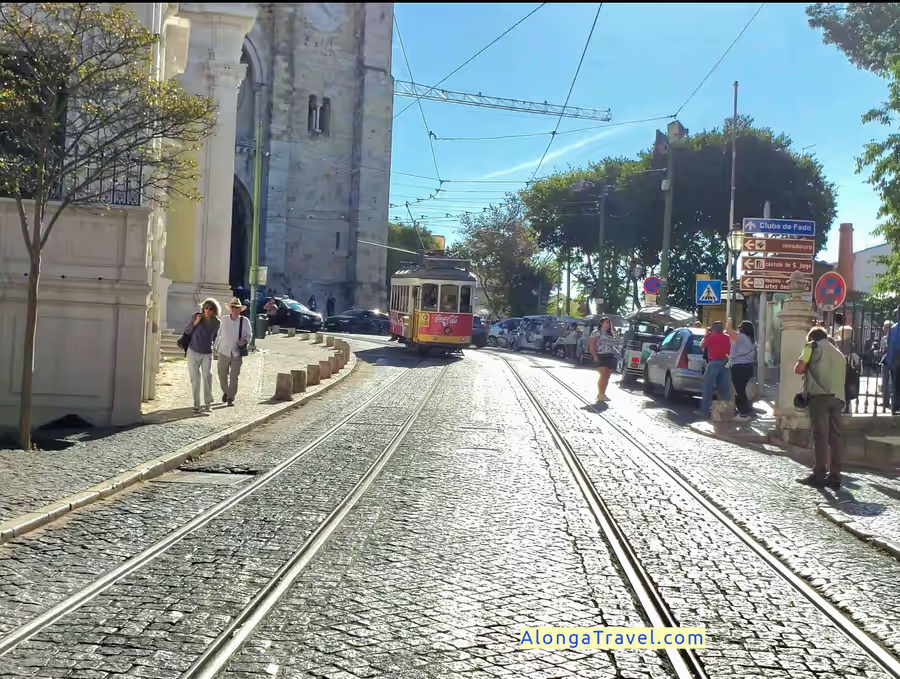
There are many things I like about this tram. One is – tram 28 almost always magically basks in sunlight at this spot in front of Lisbon Cathedral. It’s my favorite spot of the route. Watch my video for other spot I love, meanwhile, let’s see why this tram is famous.
Why is Lisbon tram 28 famous
Tram 28, one of the oldest trams in Lisbon, is famous because it passes by many of Lisbon’s major attractions and it’s a fun way to experience the city’s steep hills and narrow streets.

And because it goes through some of the most scenic parts of the city, it can double up as a city tour.
That is why yellow tram is an iconic emblem of Portugal and you can find its replica or a magnet in all souvenir shops.

Besides, old trams are so cute, it’s hard not to be excited by them.😊
Below is the trams’ history to better understand why wagons look and feel the way you do.

Lisbon Trams history
There is a reason why the wagons of tram 28 in Lisbon and other older tram lines look retro and cool!
The tram line has been operating since 1914 and it still uses vintage Remodelado trams from the 1930s, so prepare to be shaken!:)

Look how retro the wagons look! They practically bag you to jump in, when you’re out, walking in Lisbon.
Horse-drawn carriages replacement
At the beginning of the 20th century, horse-drawn carriages were the main transportation means in Portugal. Until they got replaced by trams.

This beautiful mail coach was used in Portugal until it got replaced by trams. Would you like to learn more about this horses-drawn carriage and other famous coaches of Lisbon? Read my other post.
Carris Co.
In 1914, Carris Co. imported a tram system from the United States, which is still operational in Lisbon today. In 1901, the company introduced electric trams, a significant innovation. Throughout the 19th century, Lisbon implemented unique tram designs and expanded the Lisbon’s tram network.
Tram 28 is an old-style tram with wooden floors and timber window frames, making it perfect for navigating Lisbon’s narrow hills.
There are a few newer tram lines in Lisbon, but route 28 is too narrow for modern trams, so the old wagons are used on the route. They get repaired when they break down, and put back to use. That’s why the tram looks so vintage.
The route of this historic tram has changed over time, now running from Largo dos Prazeres to Largo do Martim Moniz (and the other way around).
Here are all the stops on the route.
Next, I will teach you the tactics for securing a window seat for you tram ride, but first I want to show you a video from one of my own rides. Watch to better understand what you’ll see to decide if you want to ride this tram!
My video from my Lisbon tram 28 ride
I wasn’t planning to ride that day; I was just out for a walk in Chiado. But a few tramways stopped in front of me, looking too appealing to pass up, so I decided to board.
I didn’t get a window seat right away boarding in Chiado area of Lisbon. I had a to ride a few stops standing. But, because the tram hasn’t entered the Baihxa downtown (center) area yet, and also because it was March, the least crowded season, I got the window seat eventually.
In the video, I explain where I got on the tramway and share tips on getting a window seat to see the best of Lisbon
Perhaps, subscribe to my YouTube channel for more videos?
When taking a ride on the tram, your experience will be much better if you secure a window seat. Learn here the strategies to get this coveted window seat.
How to get a window seat
Boarding at Martim Moniz (downtown)
Martim Moniz is the eastern start/end stop in the center of Lisbon, and it’s a convenient place to start if you’re staying in the center of Lisbon. Arriving early increases your chances of getting a window seat.
Many websites describe this stop as the best place to board if you want to experience the full route, but it is not. I never boar E28 route there, because the one time I started there, I had to wait in line for about 20 minutes for the second tram.
Instead, check out my suggestion below. However, if you need to board at Martim Moniz, get in line and be aware that locals with passes may board first.
The “ride in reverse” technique from Prazeres Campo Ourique
Start at the western start/end stop at Campo Ourique (Prazeres) and ride the route in reverse. It is less crowded there than Martim Moniz. If you board here, you will have a better chance of getting a window seat.
When I go to Belem area of Lisbon to explore its attractions, I take either a bus, or a tram 25 from there to get to Praseres stop. Then go to visit beautiful Prazeres cemetery there, then board tram 28. You can skip the cemetery😊 and go straight to boarding tram 28.
Less crowded stops along the route
Stops in Graça (like Sapadores) or Estrela (going east) are often less crowded. While you won’t ride the full route, you’ll have a better chance of getting a window seat.
Best time to ride tram 28
Some times are better for getting a window seat than others.
Early morning and late evening advantages
Riding before 9 AM or after 7 PM typically means fewer tourists and more available seats.
Avoiding rush hour traffic
Lisbon’s rush hours (8-10 AM and 5-7 PM) make the tram more crowded with commuters. Mid-morning or early afternoon rides can be less hectic.
Peak tourist seasons in Lisbon and why to avoid it
Lisbon’s peak tourist season is from June to August. During these months, Tram 28 is exceptionally crowded. The shoulder seasons of April-May and September-October also see significant tourist traffic but are slightly less crowded.
Something to keep in mind: summer heat can make afternoon rides uncomfortable. Spring and fall offer more pleasant temperatures. Winter rides are less crowded but may have reduced visibility due to fogged windows. Or, the ride could be uncomfortably cold, if tourist try to keep the windows open.

If you won’t start in Estrella and bord the tram in Alfama instead, you will ride in a crowded tram (see this wagon?).
How to save money on the ride and how to pay
Updated 2025 price
You can save 1.54 euro on the tram ride if you follow my advice.
It costs 3.20 euro in cash to the driver to ride Tram 28 (or any tram) in Lisbon.
You will pay less, only 1.66 euros if you pay with the rechargeable Navegante zapping pay as you go card. Simply tap your card on the fare reader as you board the tramway.
Or, the ride is free, with the purchase of the Lisboa card or the 24-hour Lisbon ticket. Yes, Lisboa card includes unlimited free rides on tram 28.
Make sure to ride the tramways on the days your card is still valid, if you are staying in Lisbon longer then the duration of the card.
How long is the Tram 28 ride?
The tram route covers a distance of about 4.5 miles (7 kilometers ). It takes around 50 minutes to finish the entire route of Lisbon Tram 28 if it runs on schedule. But trams get stuck in traffic along with other cars, so it can take longer.
Also, during the rush hours, the tram can become quite crowded, which can slow down the ride a bit, going up the hills.
Tram 28 schedule
- Weekday Hours: 5:40 am – 11:30 pm
- Saturday Hours: 5:45 am – 10:30 pm
- Sunday Hours: 6:45 am – 10:30 pmSo, 28E runs till 11:30 pm (23:30) during the week, and until 10:30 pm (22:30) on Saturday and Sunday. Read above about the cost, and how to pay for the ride.
How often does tram runs?
28 tram is scheduled to run every 15minuts, but in reality it runs as often as the traffic permits.
So, the wait for the tram can be anywhere from a few minutes to an hour, depending on the time of day and a season.
The difference between yellow tram 28 ROUTE and tourist red tram 28
Tram 28 in Lisbon is a yellow electric carriage.
Tourist Tram 28 (Red Route):
- Red tram 28 is a tourist tram, and it follows the yellow tram 28 route closely. Tourist trams operate alongside the regular public trams 28.
- The color of the tourist trams is red. Red tram 28 is a bit different from tram yellow tram 28 in this:
- Higher ticket prices.
- Spoken guidance for tourists.

Useful Tips for Riding Tram 28 in Lisbon
- Lisbon 28 tram can get crowded. If you start your trip early, while most tourists are asleep.
- You will have more chances to get the window seat if you load in on Campo de Ourique as the day go by – the opposite end of the tram 28 route.
- Watch out for pickpockets. They frequent this tram because of the tourists. Getting a seat will make you less vulnerable.
- Don’t forget that while passing through narrow streets, the tram can tilt significantly on some of Lisbon’s steeper streets and the brakes can be very sharp and. Hold on to somewhere inside the tram throughout your trip. This is another case for trying to get a seat!
- Don’t extend your arm too far—if there is another tram passing by, you’ll be too close. At some places, you’ll be even so close to the buildings around the tram line you can reach out and touch the walls of the houses.
- Also (yeah, I have to mention this!), try not to hit innocents locals with your extended elbow? Don’t be like this guy on my ride (see the picture above!). 🙂
- Save money with Navegante Lisbon card.

In conclusion, there are ways to make you ride maximum fun and pure pleasure!
I hope you’ll be able to take this ride soon! Don’t forget to also check my post about all attractions you’ll see along this tram’s route.
Would you like to know the cheapest way to travel Europe that is also good for sightseeing? Read my other post.
Let’s connect on social media!
Found this post helpful? Please, consider supporting my work and the website maintenance cost, thank you!
Subscribe to my periodic newsletter for my new posts. New here? Visit my main Alonga Travel page.

